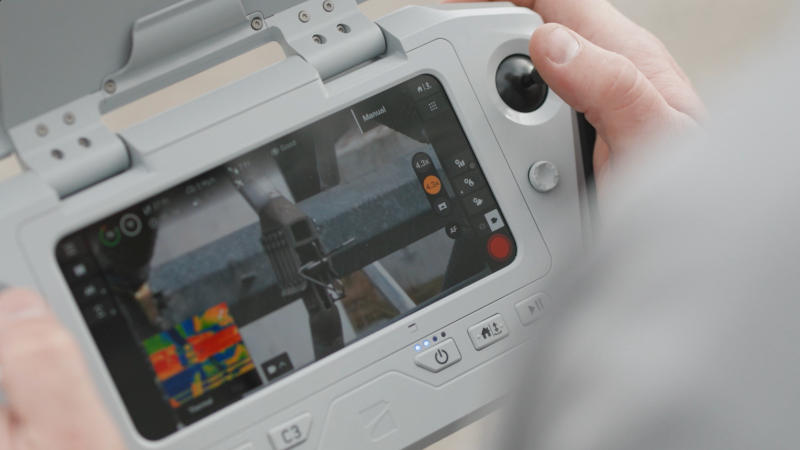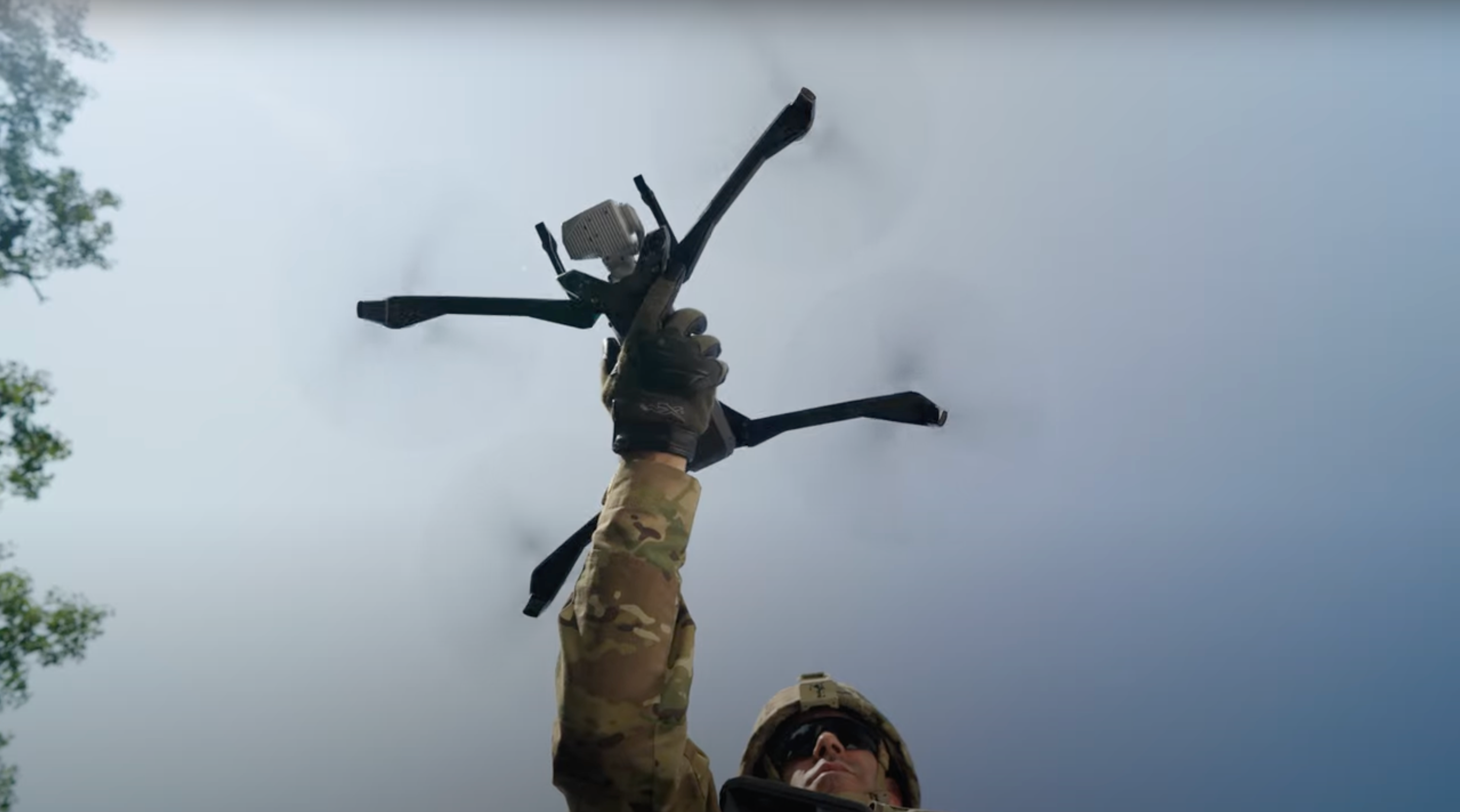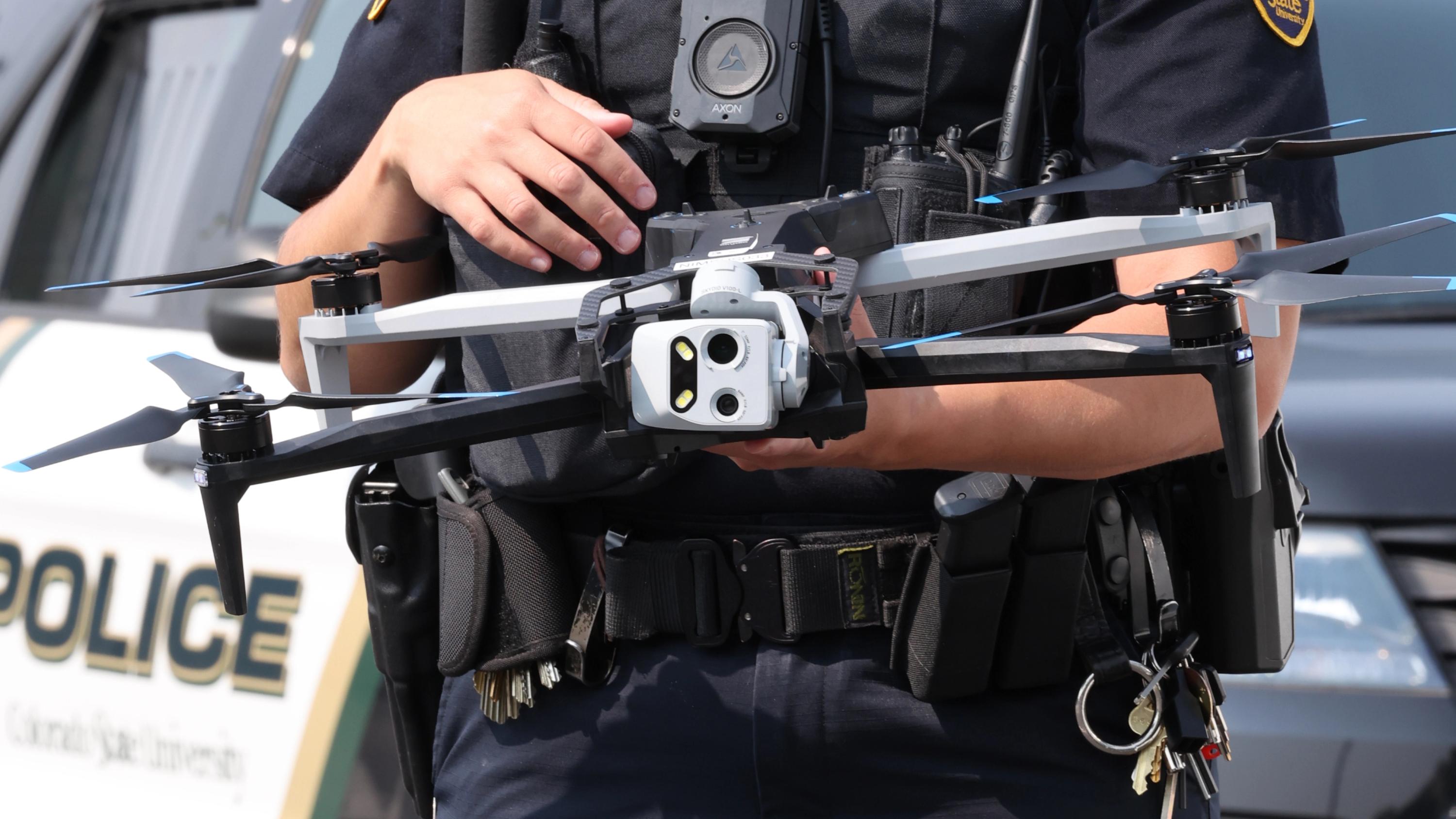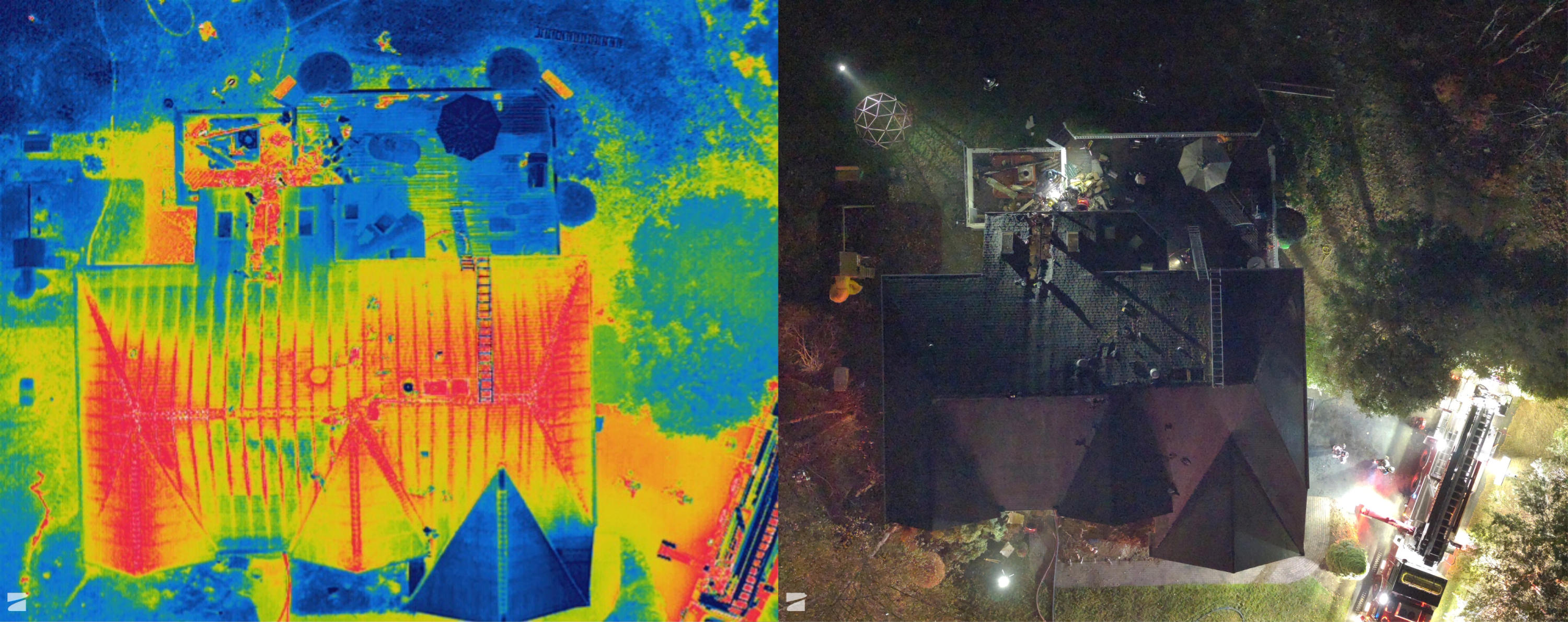Unlock grant funding for DFR: Where's the money?
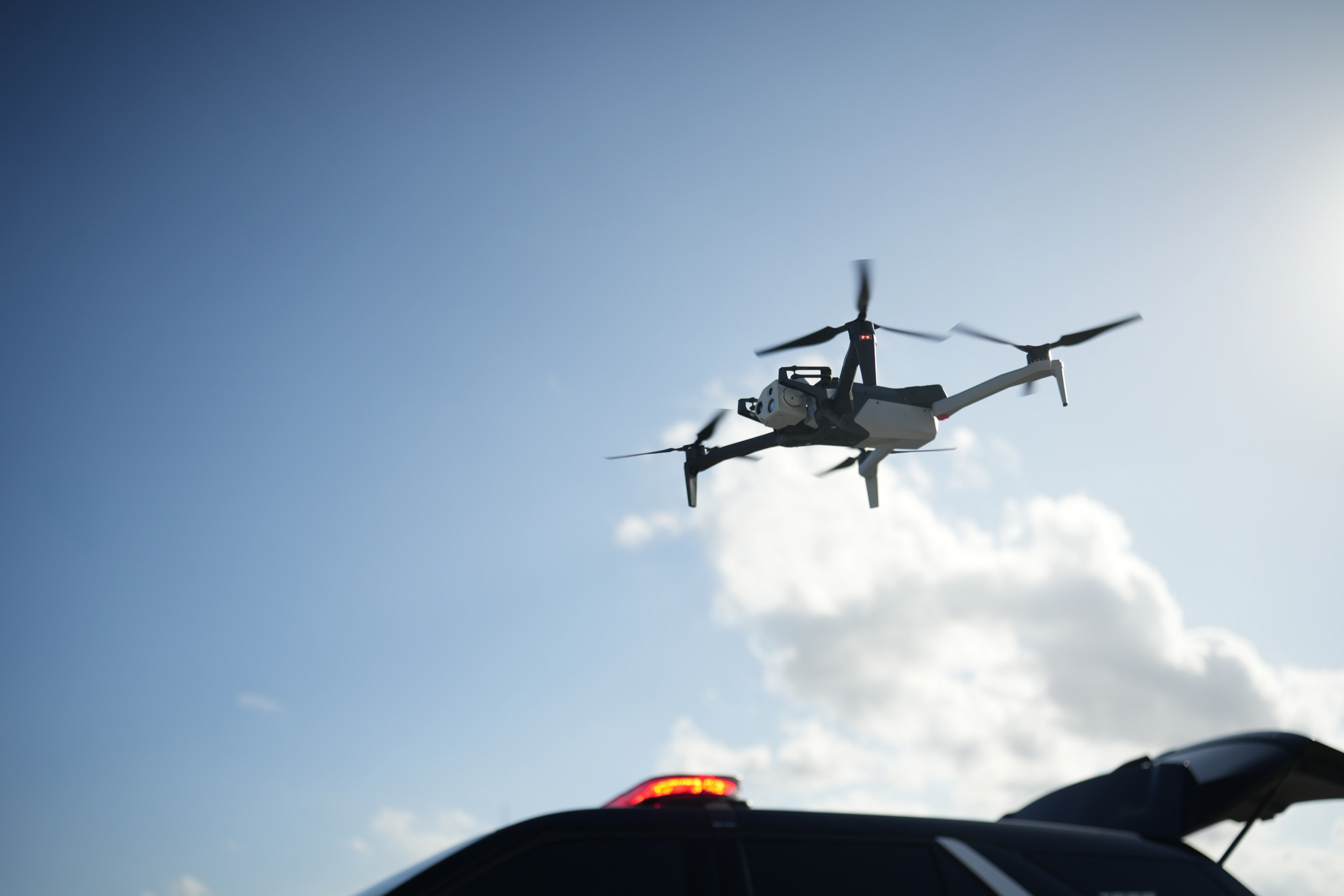
Drones have transformed public safety operations, offering first responders tools to improve situational awareness, streamline search and rescue missions and scene documentation, and improve officer and community safety. However, acquiring these innovative tools can strain budgets, especially for smaller agencies. Fortunately, various federal, state, and local grant opportunities exist to help first responders fund Drone as First Responder (DFR) programs. By preparing a ready-to-go project narrative and budget, agencies can seize these opportunities efficiently, but first, you have to find them.
Federal grants: Opportunities at the national level
Federal grants are a primary funding source for DFR programs, often offering substantial amounts but with specific eligibility and compliance requirements. The main website for all federal funding is grants.gov. This free website centralizes grant programs across all federal agencies in a single searchable database. While the database is the most up-to-date place to look, here are a few currently available federal opportunities:
- Homeland Security Grant Program (HSGP): Managed by the Department of Homeland Security (DHS), HSGP includes the State Homeland Security Program (SHSP) and Urban Area Security Initiative (UASI)—these grants fund equipment to prevent and respond to terrorism and other threats. Drones for border security, crowd monitoring, or disaster response align well with HSGP priorities. In 2020, HSGP provided over $1 billion, with SHSP alone allocating $415 million. Contact your state’s homeland security office to apply, as funds are distributed through state agencies.
- Operation Stonegarden (OPSG): This DHS grant targets border security, funding equipment for agencies near U.S. borders. Skydio drones for surveillance or reconnaissance are eligible expenses. OPSG allocated $90 million in 2020, and agencies in border regions should monitor grants.gov for openings.
- Edward Byrne Memorial Justice Assistance Grant (JAG): The DOJ’s JAG program is a major funding source for law enforcement, and while drones have historically been prohibited under recent award criteria, a new executive order now directs the DOJ to ensure that eligible agencies can use grant funding for UAS and related equipment.
- This policy shift could open the door for drone purchases under both JAG as well as other DOJ grants including COPS programs. Agencies should closely monitor program updates as this guidance is implemented.
Federal grants often require detailed applications, including justifications for why the drones are needed and how they will be used. Having the foundational components—a pre-drafted narrative outlining the drone program’s justification and budget—already prepared can streamline this process, especially given tight application windows.
State grant resources: Regional opportunities
State governments often distribute federal funds or offer their own grants, tailored to local needs. These programs vary widely, so agencies must research their state’s offerings. Some examples of what drones qualify for include:
- Office of the Texas Governor Grants: Texas provides grants for law enforcement equipment to improve public safety. These competitive funds support body-worn cameras, digital storage, and drone for crime prevention. Agencies should check their state’s governor’s office or public safety department for similar programs.
- California Specialized Training Institute Grants: These grants fund training and equipment for California’s emergency responders, including drones for disaster response. First responders can apply through the state’s emergency management agency.
- New York State Division of Criminal Justice Services: These provide funding for Law Enforcement Technology grants, including drones and a variety of equipment to support New York law enforcement agencies.
- Arkansas Department of Public Safety: The department offers several grant programs, including the Public Safety Equipment Grant Program that allows for the purchase of drones.
- State Highway Safety Grants: Managed by state transportation departments, these grants (e.g., Section 402 Highway Safety Program) fund equipment for accident investigation and documentation. While accident reconstruction is a common entry point, the same drones can often be used for patrol or emergency response—maximizing the value of your investment. Contact your state’s transportation department for application details.
To apply for many state-administered grants—especially those involving Homeland Security or Justice programs—you may need to work with a designated State Administering Agency (SAA). You can find contacts for your Homeland Security grant programs through FEMA’s list of State Administrative Agencies, and for the DOJ Office of Justice Programs via their directory of state contacts. Not all grants use an SAA, but when they do, contact details are usually included in the grant posting.
Agencies should explore state grants that target specific public safety missions and clearly demonstrate how drone technology supports those goals. For instance, the San Francisco Police Department used a $15.3 million grant from California’s Organized Retail Theft Prevention Grant Program to support their Real-Time Investigations Center, deploying drones to help locate suspects fleeing theft scenes. In Florida, the State Assistance for Fentanyl Eradication (S.A.F.E.) Grant Program provides funding for equipment that can be used in fentanyl enforcement operations—making drones a permissible and valuable investment. Grants focused on corrections, narcotics enforcement, or organized retail theft can all be viable opportunities when agencies demonstrate how drones support the intended mission.
Local community grants: Grassroots support
Local grants from private foundations, corporations, and community organizations can also supplement public funding. Both the San Francisco Police Department and the Las Vegas Metropolitan Police Department have used this type of funding to develop their DFR Programs. These sources often prioritize community engagement and transparency, so agencies should highlight how drones benefit residents. Notable options include:
- Corporate Philanthropy (e.g., Walmart, Target): Retail giants offer community safety grants, often unrestricted, which can be used for drone purchases. Agencies should contact local stores or check corporate websites for grant programs. For example, Walmart allows up to 25 applications per organization.
- Private Foundations: The Hero Fund in Missouri and Kansas funds drones for law enforcement, while the EQT Foundation supports volunteer search and rescue (SAR) and firefighting drone programs.
Databases can be particularly useful in locating funding. Several affordable grant databases, such as The Foundation Center, Grant Station, Grant Finder, Grant Watch, and Instrumental, among others, may offer free trial subscriptions. These databases typically include community funding sources, such as local corporate grants and foundation grant opportunities.
Community grants value public buy-in. Agencies should host town halls to proactively explain how drones will be used (e.g., for missing person searches, not surveillance) and build community trust, thereby attracting funding.
Tips for success
- Research Continuously: Federal grant cycles vary (e.g., AFG opens annually, OPSG sporadically). Monitor Grants.gov and state websites for updates.
- Leverage Partnerships: Collaborate with regional task forces or community organizations to strengthen applications. Collaboration can be key in receiving an award.
- Engage the Community: Transparency builds trust and attracts local funding. Share success stories, like drones locating lost hikers, to justify investments.
DFR programs are game changers for first responders, but funding them may require strategic planning. By continually researching opportunities at the federal, regional, and local level and engaging your community early, you give your agency the best chance for success.
For more info or additional support, reach out to grants@skydio.com.
Kathy Wood is a public safety grant strategist with decades of experience helping law enforcement agencies secure funding for critical technology. She specializes in crafting compelling narratives that turn operational needs into funded realities.

